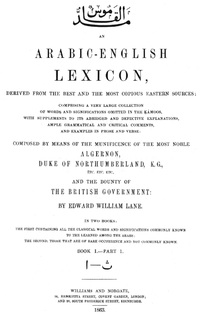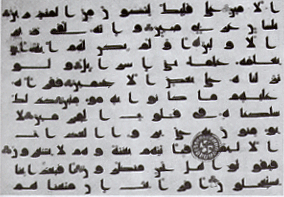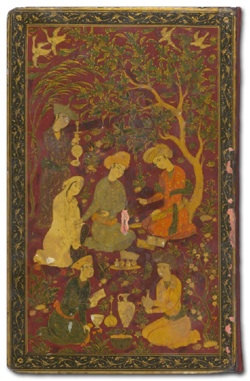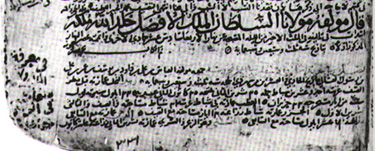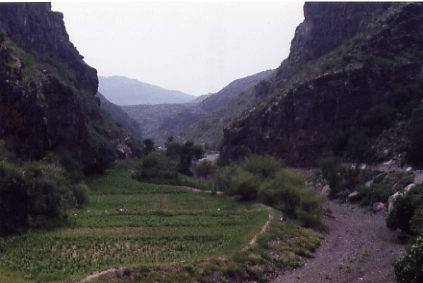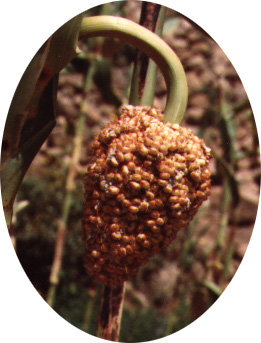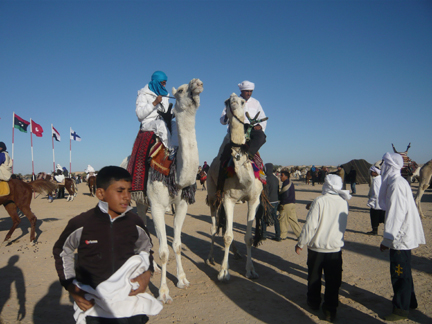
Mahri camels at the International Festival of the Sahara in Douz, Tunisia,
December 24, 2012. Photo by Sam Liebhaber.
by Sam Liebhaber
One of the long-standing myths of Berber ancestry places their origins in Yemen from whence they were dispatched to North Africa in the service of ancient Ḥimyarite kings. Although this chapter in the mythological prehistory of the Arab world can be refuted on the grounds that the Berber are indisputably indigenous to North Africa, the offhand dismissal of the South Arabian-Berber imaginary overlooks an important sociolinguistic kinship between the Berber of North Africa and one of the last indigenous linguistic communities of the Arabian Peninsula: the Mahra of Yemen and Oman.
A number of socio-cultural parallels distinguish the Berber and Mahra from the other minority language communities of the Middle East. For one, the Mahra and Berber are members of the Islamic ʾummah, unlike many of the other minority language communities of the Arab world where linguistic boundaries are frequently coterminous with religious divisions. Further, the Berber and the Mahra did not inherit a written tradition that includes religious and literary texts. As a consequence, the Mahri and Berber languages are frequently consigned to the category of “lahja,†an Arabic term that signifies any non-prestigious, vernacular idiom that lacks of historical or social value.
Without their own written history or affiliation to a prestigious, non-Arab civilization, the Mahra and Berber are more easily “willed†into historical narratives of “Arabness†(Ê¿urÅ«ba) than the other language minority communities of the Arab world. This motif is the mainstay of modern Arabic scholarship on Berber and Mahri genealogical and language origins. A sample of a few recent titles demonstrates this point: The Berber: Ancient Arabs (al-Barbar: Ê¿Arab qudÄmÄ, al-Ê¿ArbÄwÄ«, Tunis: 2000), The Arabness of the Berber: The Hidden Truth (Ê¿UrÅ«bat al-Barbar: al-ḤaqÄ«qa al-MaghmÅ«ra, MÄdÅ«n, Damascus: 1992), Comprehension of Arabic and the Secret of the Mahri Language (Fiqh al-Ê¿Arabiyya wa-sirr al-lugha al-mahriyya, al-Ways, Sana’a: 2004) and Ancient Arabic and its Dialects (ie, Mahri, al-Ê¿Arabiyya al-qadÄ«ma wa-lahajÄtuhÄ, MÄrÄ«kh, Abu Dhabi: 2000).
Even if contemporary scholarship on Mahri and Berber origins is problematic, it is conceivable that historical intersections between the Berber and the Mahra gave medieval Arab historians a justifiable basis to propose their common ancestry. Continue reading South Arabia and the Berber Imaginary
